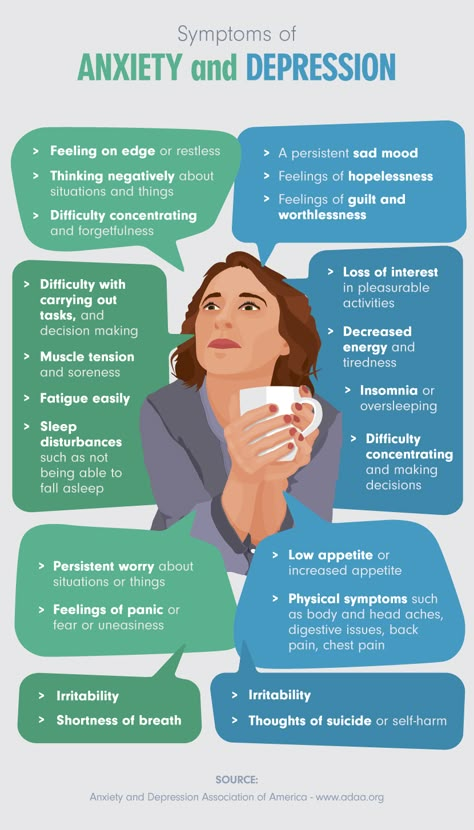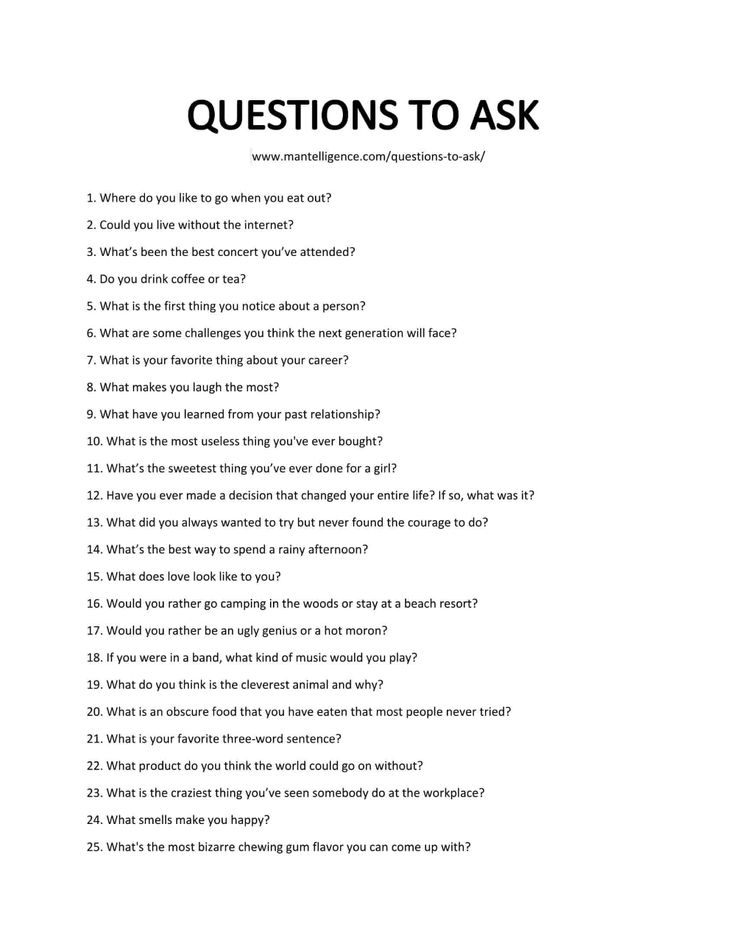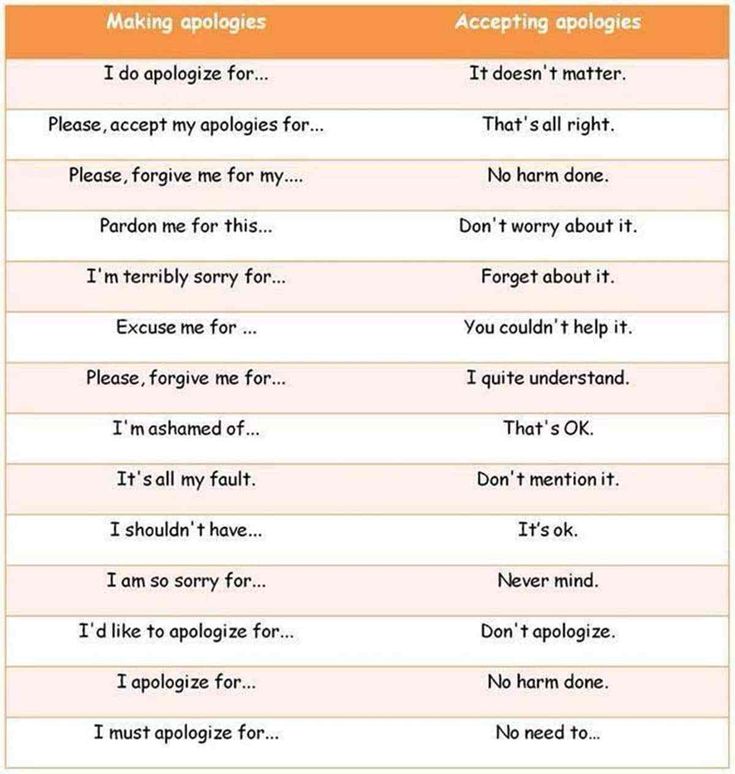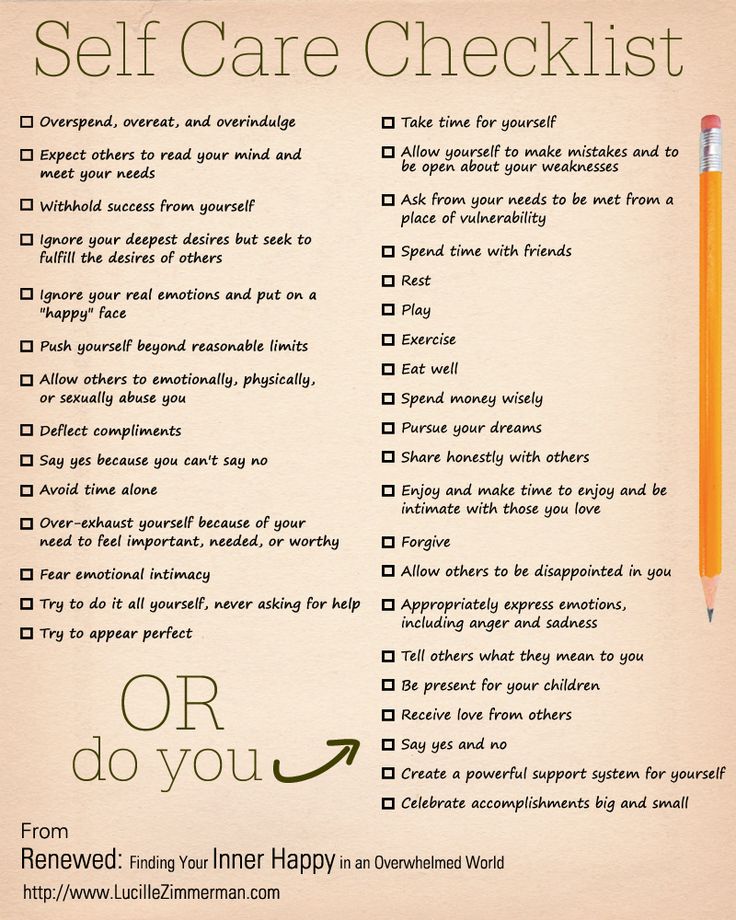Examples of thinking errors
Cognitive Distortions and Thinking Errors
Having trouble controlling your negative thoughts? Feeling anxious or depressed and wish you could switch off those thoughts? Sometimes, it’s those thoughts, rather than a particular situation or incident that may be causing anxiety or depression.
What are Cognitive Distortions/Errors?
Thinking errors happen when your thoughts and reality don’t match up, often without you even realising. These are also called ‘cognitive distortions’. They’re faulty patterns of thinking that are self-defeating, meaning it’s possible to get caught in a loop of negative thinking that can end up becoming a self-fulfilling prophecy. And they happen to all of us, for example:
I’ve just failed that test. I’m a useless student and should never study again
Holding this thought might prevent you studying again or doing anything where testing is involved.
If the initial thinking error is dealt with appropriately, the negative cycle (see diagram below) and any resulting depression or anxiety could be avoided.
The diagram below shows how the thinking error cycle could get triggered after someone is invited to a party, when the day of the party arrives:
Cognitive Behavioural Therapy (CBT) can help you recognise your distorted thoughts and learn to question them. With practice, you can learn to break the cycle of negativity that could be triggered by negative thinking, and replace it with a healthier, more balanced way of thinking.
Here are 7 common thinking errors that can be helped by CBT.
1 “All or Nothing” Thinking
If you are routinely thinking of things in terms of ‘never’ or ‘always’, you may be tempted to view anything less than perfect as a failure. Try to find the ‘in between’ and learn to accept that there is a wide range of possible outcomes between complete disaster and total perfection.
Examples
If you get 85 per cent correct on a test, you think you are a complete failure because you missed 15 per cent.
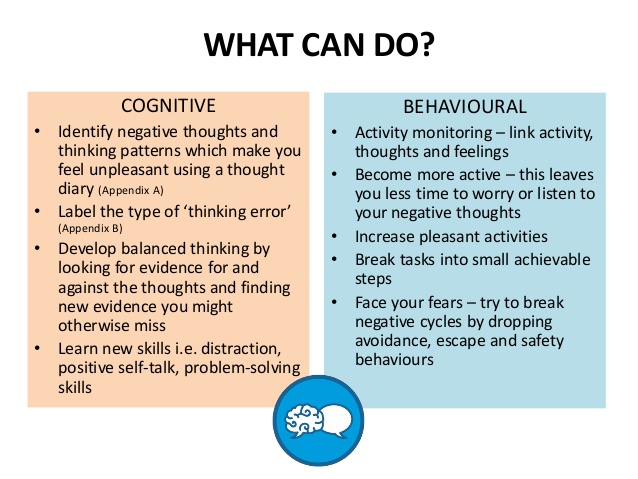
If you don’t look like a model, you decide you are really ugly.
You’re passed up for a promotion at work, so you think that means the company is planning to make you redundant.
Solutions
Try to find the “in between”. Remind yourself that there is usually a broad spectrum of outcomes between absolute perfection and complete disaster. Very few situations are truly all-or-nothing.
If you are thinking of something in terms of “never” or “always”, can you think of an exception? If so, that means it’s not truly “never” or “always.”
Ask yourself:
- Is it really that bad or am I being extreme?
- What other ways are there of looking at this situation?
2 Mental Filter
Are you dwelling on the negative aspects of any given situation, disregarding the positive side? If so, you may need to shift your mindset to acknowledge the good things that exist and learn not to let your negative thinking dominate.
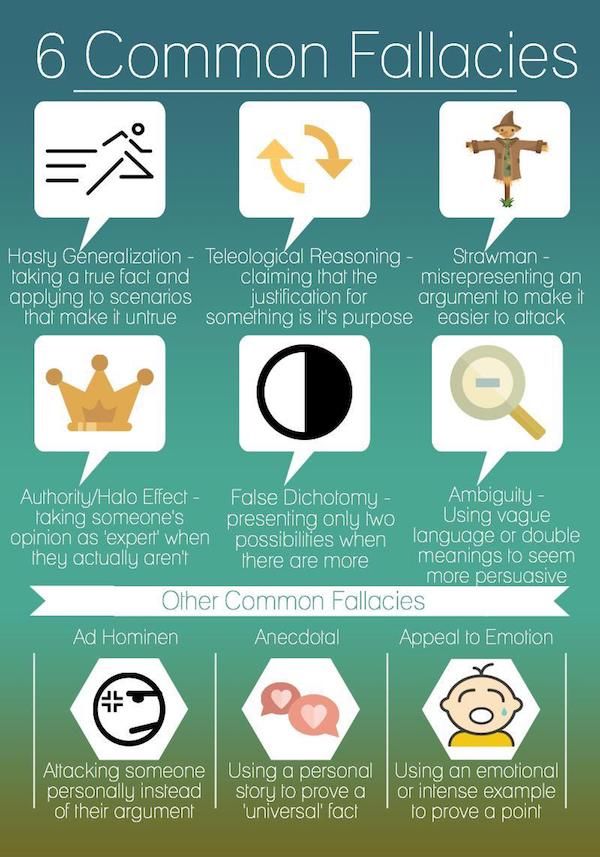
Example
Your presentation was well received by your superiors at work, but you noticed a typo in one of the slides. Instead of enjoying the compliments your boss gave you, you’re only thinking about the typo and expecting to get terminated soon for paying poor attention to detail.
Solutions
Focus on the concrete facts. In the example above, your boss said you did a great job. That’s a concrete fact. Don’t waste time thinking about the unknowns; the possibility of you getting sacked is an unknown.
Try to rewrite the problem or situation as though you were telling it to a sensitive child. Only include the positive parts of the story. Then read it when you’re feeling overly anxious.
Ask yourself:
- What are the positives in this situation? Try to focus on them more.
3 Fortune telling
Do you tend to jump to conclusions based on your negative thinking, convinced that a certain situation or opportunity is bound to turn out badly? Rather than letting foregone conclusions limit your thinking, learn that you do have control over the outcome.
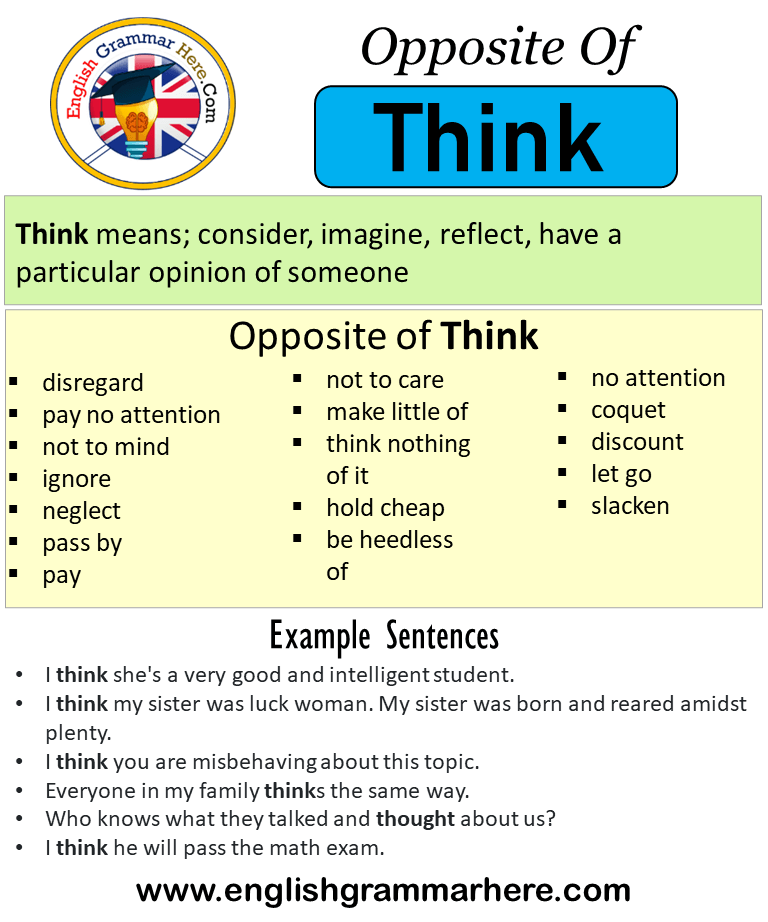
Examples
“If I apply for this job, they will laugh at me and toss my CV.”
“If I ask this girl out, she will definitely turn me down.”
Solutions
Ask yourself:
- How do you know it will turn out this way?
- What facts do you have that prove this negative outcome will inevitably occur?
- How do you benefit from reaching this conclusion?
- What will happen to you if you continue thinking this way?
4 Mind Reading
Similarly, you may be making negative assumptions about a person’s intentions or thoughts. While you engage in a thinking error known as ‘mind reading’, you are assuming people focus on your flaws through their responses, even though that may not be the case at all.
Examples
“My friend didn’t answer the phone. She must be trying to avoid me because I annoy her.
”
“My son’s teacher must think I’m stupid because I forgot to sign his permission slip.”
Solutions
Ask yourself:
- How do you know that?
- Does assuming something make it true?
Even though the conclusions reached from mind reading are often incorrect, it is still helpful to try to let go of your need for approval and accept that you can’t please everyone all the time.
5 Overgeneralising
Another type of negative of thinking error is the habit of creating a broad generalisation out of a single isolated incident. But an unpleasant situation that occurred once doesn’t mean that the same thing will happen every time.
Examples
Your spouse got mad because you spilled wine on the carpet. You start to think, “He’s mad at me. He always gets mad at me. That probably means he hates me and wants to divorce me. I must be the worst wife in the world.
”
You failed your driving test on the first try. You tell yourself you’ll never get your license and you’ll be stuck riding the bus for the rest of your life.
Solutions
Try to think of times in your life when a particular negative situation did not end up being a sign of things to come or have a long-term outcome.
Ask yourself:
- Just because this happened once, does that really mean that it’s going to happen every time, or are other outcomes also possible?
6 Disqualifying the positive
Are you constantly dismissing good things, compliments you receive or positive things people say? With this thinking error, you are discounting the good, while looking for a negative message or ulterior motive.
Examples
A friend compliments your hair. You decide she is not saying it because it’s true but rather because she wants something from you or is just being polite.
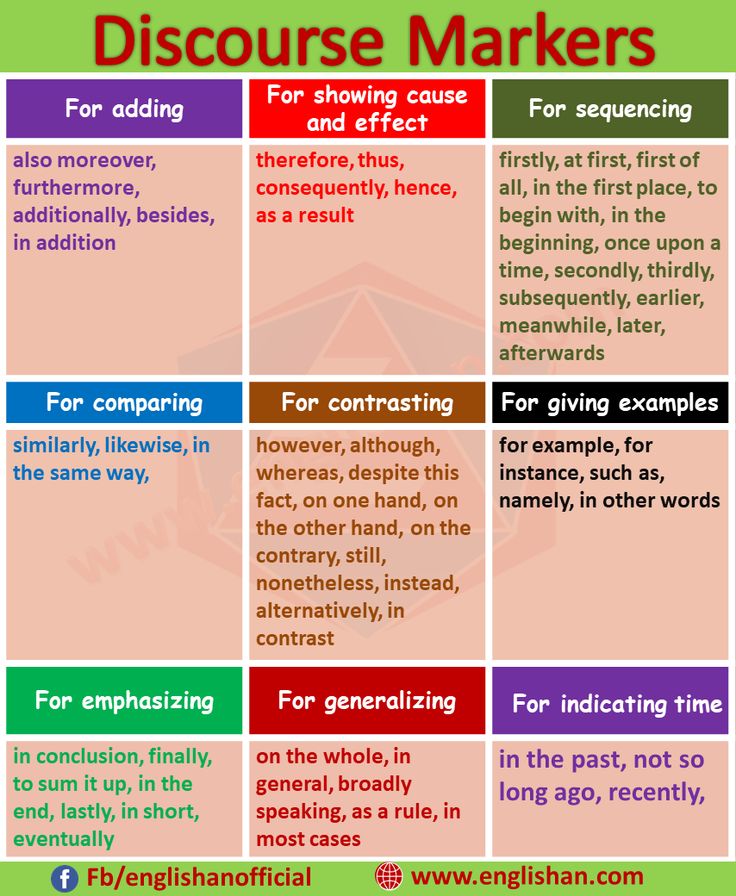
Solutions
Make a list of your positive attributes and accomplishments.
Try to accept compliments when people give them to you with a simple “thank you”.
Ask yourself:
- If that doesn’t count, what does count?
- Who decides what counts and what doesn’t?
- Why do you think good things can’t happen to you?
7 Personalisation
Are you in danger of seeing yourself as the cause of everything negative that happens, even though you are not responsible? You may be feeling guilt or shame as a result of something that is not your fault.
Examples
“My daughter didn’t make the soccer team. I’m sure it’s because I didn’t practice enough with her. ”
“My husband hit me because I’m a bad wife.”
Solutions
Ask yourself:
- How do you know that? (In the examples above, how do you know your daughter didn’t make the soccer team because of you? Did the coach say so? How do you know you are a bad wife?)
- Challenge yourself to find out just how much responsibility you could truly have for what occurred.
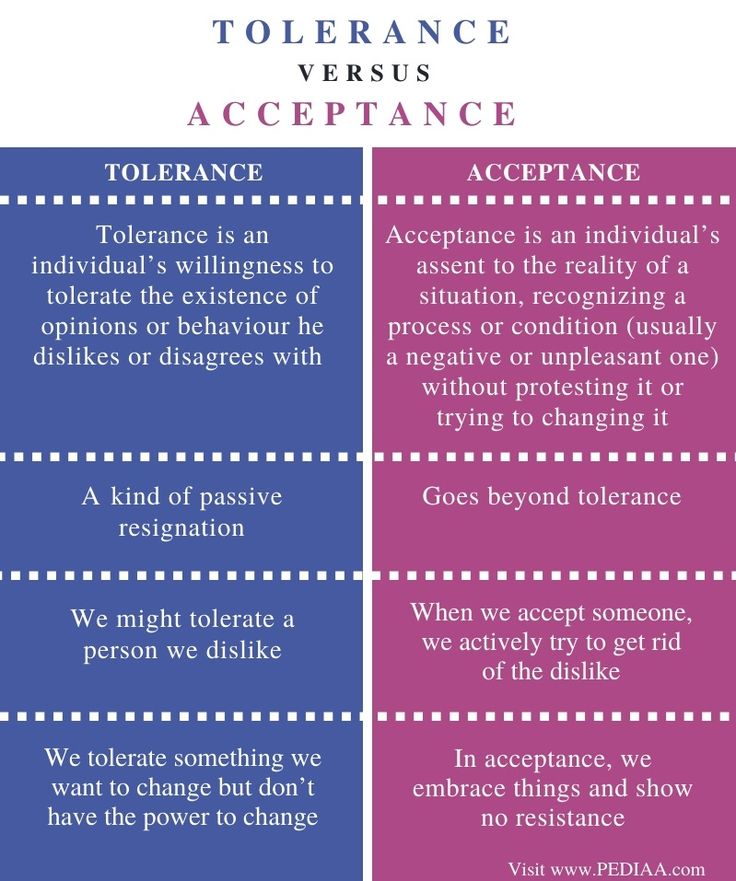
- Try to think of external factors that could have also contributed to the situation.
If you are suffering from thinking errors, you’ll be pleased to hear that recognising cognitive distortions is the first step towards correcting them. Your negative thought patterns can be changed.
At KlearMinds, we have experienced cognitive behavioural therapists that can help you address your individual issues and give you the tools to change your thoughts for the better. Please feel free to contact us.
Resources:Beck, J. S. 2010. Cognitive Therapy. Corsini Encyclopedia of Psychology. 1–3.
Burns, David D., MD. (1989). The Feeling Good Handbook. New York: William Morrow and Company, Inc.
15 Common Cognitive Distortions
How Cognitive Behavioural Therapy Can Help With Depression
How CBT Can Help with Anxiety
https://eclkc.ohs.acf.hhs.gov/hslc/tta-system/health/docs/relaxation/talk-back.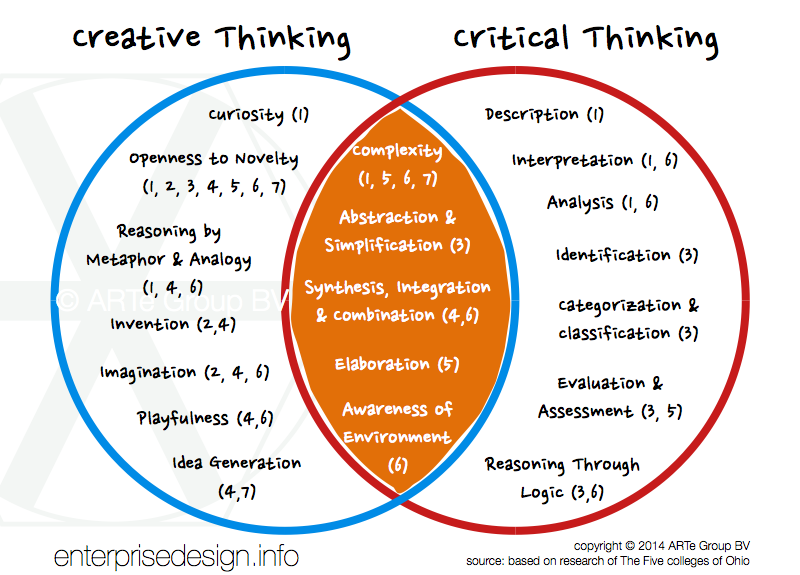 pdf
pdf
17 Common Thinking Errors: How to Identify and Replace Them
Do you believe everything you think? You shouldn’t!
Our brains are wired to make connections. This helps it to work fast and efficiently. But our brains don’t get it right every time. We have to be aware of what we’re thinking because it’s too easy for our brains to make assumptions or twist thoughts to help them fit a certain narrative that it’s created.
Go through the list of thinking errors below. Make note of the ones you catch yourself doing most often. Start becoming aware of your twisted thinking and stop trusting what your brain automatically comes up with. Then, use the exercise below to help untwist these thinking errors to form more helpful, truer, and more positive thoughts.
17 Common Thinking Errors1. All or Nothing Thinking- Right/Wrong Thinking; Black/White; Good/Bad; Absolute or Extreme Categories
- Desire for perfection
- Can leave us feeling trapped, helpless, or lack choices and compromise
Examples:
“I completely failed my interview.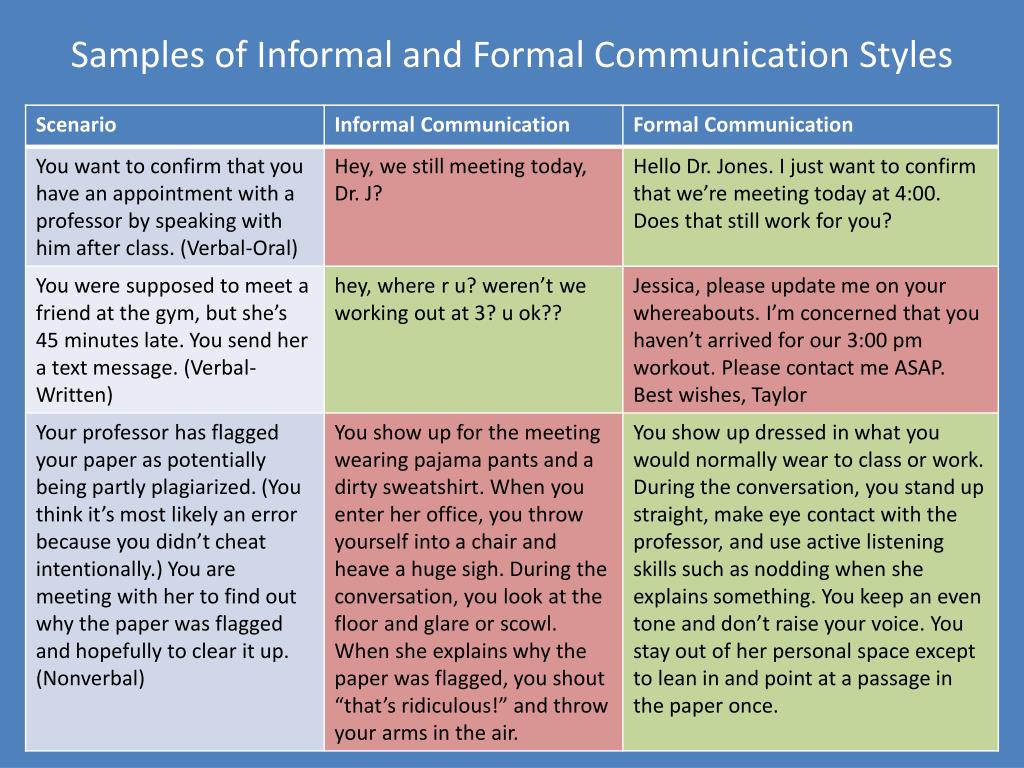 ”
”
“He’s disgusting.”
2. Magnification/Minimization- Overstating/Understating; Unfair Comparison; Blow Things out of Proportion or Shrink Importance; Worst-case Scenarios; Predictions
Examples:
“How can I ever trust him again if he lied to me?” (Magnification)
“I just told a little lie that didn’t matter anyway.” (Minimization)
3. Overgeneralization
- Thinking always/never; Conclusions based on one piece of negative evidence; Global assumptions/Assuming the worst; Never-ending patterns of defeat
Examples:
“I’ll never be able to forgive her.”
“He’s always doing that.”
4. Discounting the Positive- Positives don’t matter; Doesn’t accept positives; Finding excuses to turn positive into negative
Examples:
“Who cares if I got the job, they’ll fire me when they find out I’m not that smart.”
“Yes, but she only did it once, I seriously doubt she’ll do it again.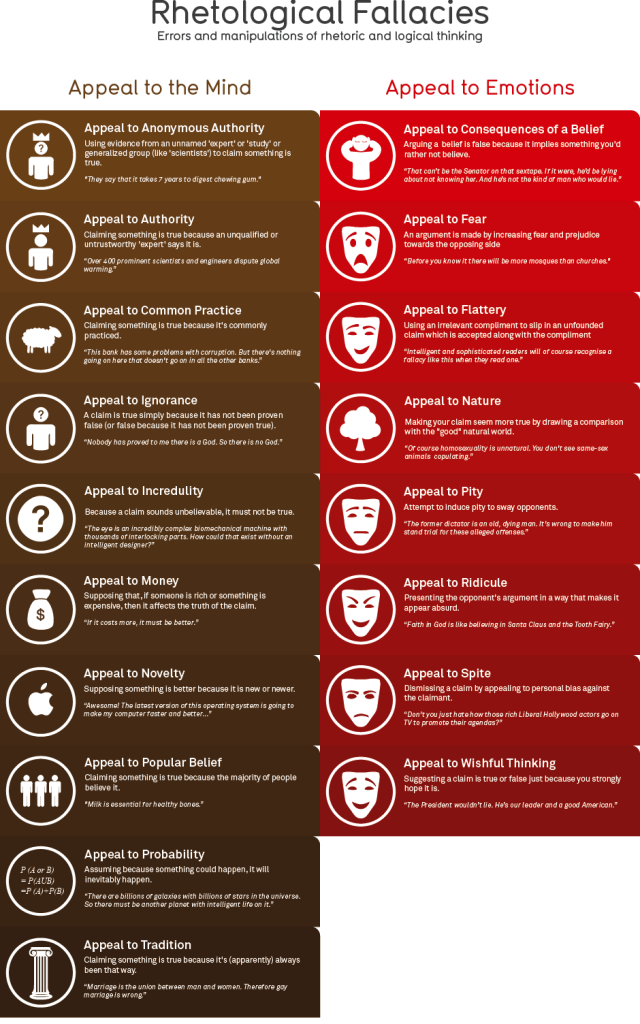 ”
”
- Seeing only the negative; Focus on the negative; Filters out positives
Examples:
“Focusing on the B your son got on her report card rather than the 5 A’s”
“I have to do everything around the house.”
6. Labeling
- Unkind names of self/others; Assigning judgment; Exaggerated opinions
Examples:
“I’m a horrible person.”
“I didn’t realize you were so stupid.”
7. Blame/Self Blame- Blaming self/others; Playing the victim; Holding others responsible; Others-blame is external, self-blame is internal
Examples:
“It’s all your fault that I got fired.”
“How am I supposed to be nice when he’s always doing that to me?”
8. Heaven’s Reward Fallacy- Expecting something, then feeling resentment when you don’t get it.
Examples:
“I deserved that promotion, not him.”
“Why should I when she never acknowledges what I do?”
9.
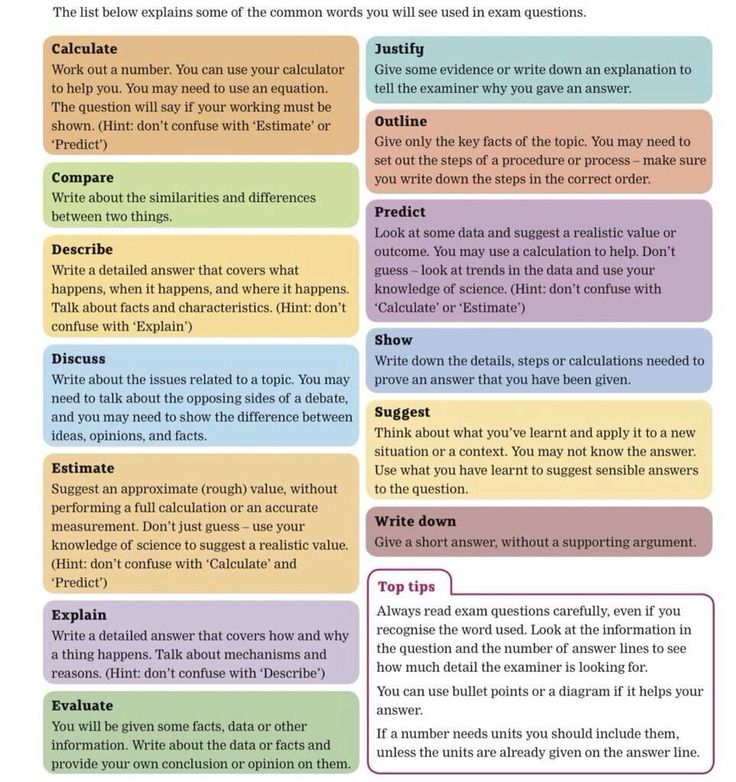 Hopelessness
Hopelessness- Feeling like your problems will never be solved
Examples:
“No one is ever going to love me.”
“What’s the use, why bother trying to change now.”
10. Emotional Reasoning
- I feel it, therefore it’s true; Emotions accepted as fact; Incorrect assumptions based on feelings
Examples:
“I feel like an idiot, so I must be one.”
“It feels like he’s doing it on purpose and I know he is.”
11. Should Statements- Heavy demands; criticism of self/others; Expectations
- Includes Should, Shouldn’t, Must, Ought, and Have To
Examples:
“You should have told me that.”
“He knows me; he should have known what to do.”
12. Fallacy of Fairness
- Life should be fair, just, and equal
- Leads to anger, resentment, and bitterness
Examples:
“It’s not fair he makes more money than me when I have a harder job.”
“I feel justified in acting like this.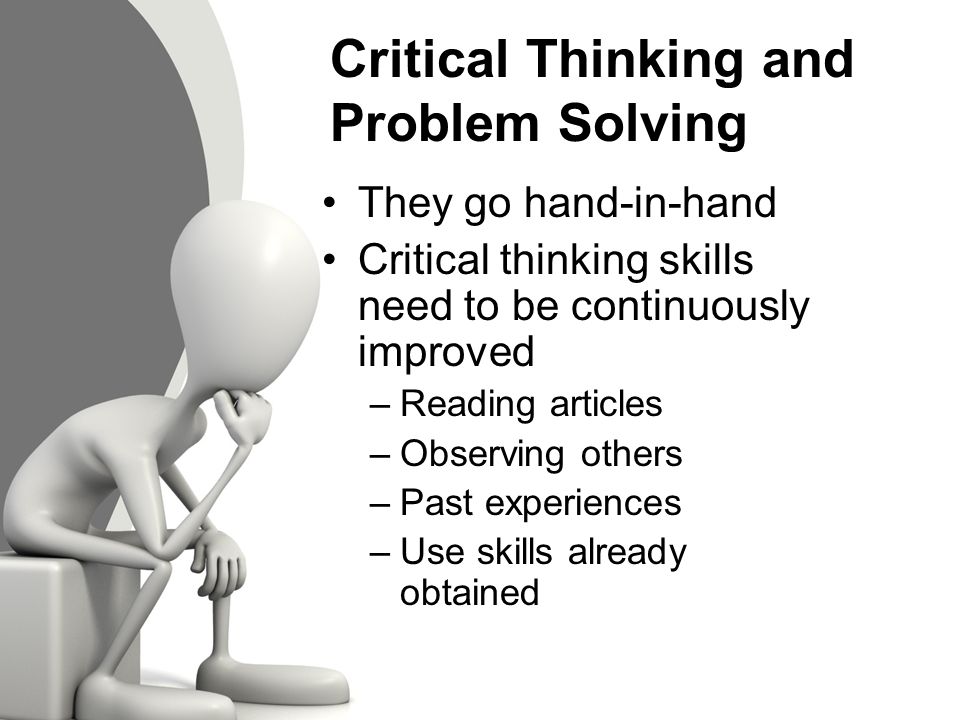 ”
”
- Know what others are thinking; Judgments; Conclusion Without Evidence; Reading Others Thoughts, Making Assumptions
Examples:
“He thinks I’m blowing this out of proportion and is going to break up with me.”
“She thinks I’m crazy.”
14. Fortune Telling- Make conclusions/predictions without evidence; What-if statements; Catastrophizing; Predicting with certainty
Examples:
“The vacation is going to be ruined because I know it’s going to rain.”
“What if they never change?”
15. Always Being Right
- Internalize opinions and will put others on trial to prove their opinions/actions are correct; Will go to great lengths; Needs to be right
Examples:
“That’s not the way that I would do it.”
“Your interpretation is so wrong, that’s not what happened.”
16. Fallacy of Change- Expecting other people to change to suit you; Pressure others to change
- Happiness is dependent on the person changing
Examples:
“If only he would just be cleaner, then I wouldn’t get so upset. ”
”
“Why should I if they aren’t?”
17. Control Fallacies- Internal: Has control over self, others, and surroundings; Feels responsible
- External: Life is controlled by other factors, Feeling of having no control
Examples:
“I feel terrible that I tutored him and he failed the test; it’s my fault.” (Internal)
“What use will it be, she’ll just leave me anyway.” (External)
You’ve read the blogs, tips, and posts with catchy ideas. You’re taking the steps and making progress, but you crave more. You want answers about why habits have formed in your life and how you can take steps to ensure they don’t take hold again.
Exercise:It’s not easy to recognize that our thoughts are twisted and skewed. We’ve been taught to go with whatever our initial thought and feeling is. Plus, it’s easier and it feels so true! But remember, feelings are facts and thoughts aren’t completely true. We use a lens all the time through which we interpret our circumstances.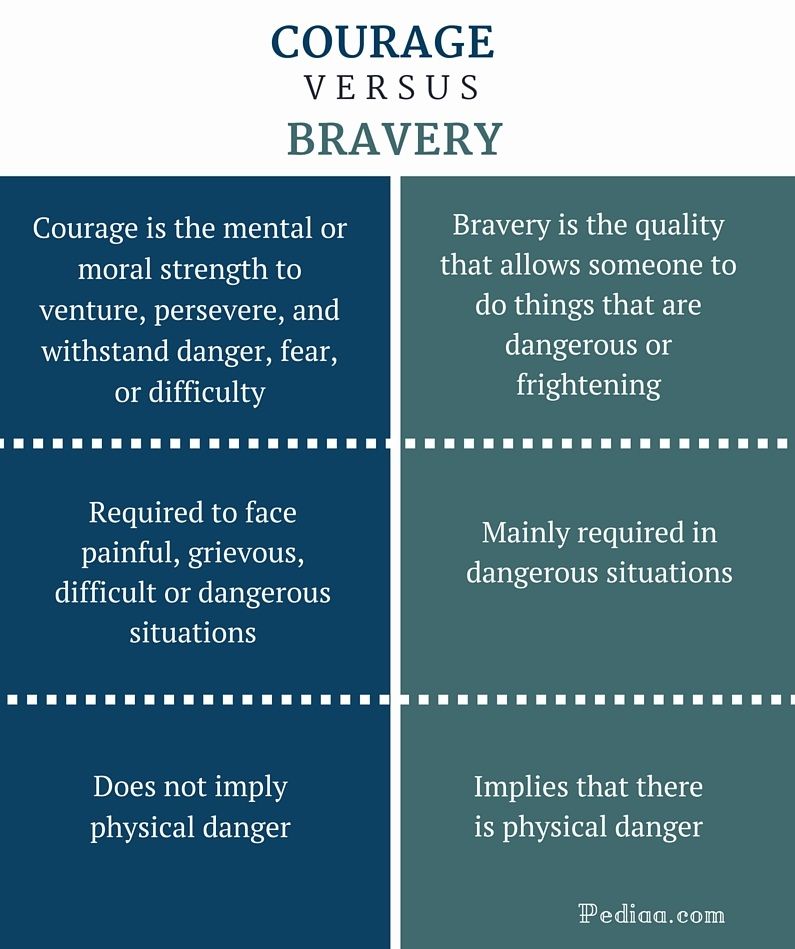
Pause and run through this 4-part exercise to practice noticing your thinking errors and learning to untwist them.
- Grab the Thought: Write down what you’re currently thinking.
- Analyze the Thought: Notice and write down any thinking errors about those thoughts.
- Replace the Thought: Write down some other thoughts you could choose to think instead.
- Choose the Thought: Decide what thought you are going to choose to think and write it down.
Did you decide to choose your original thought even though you came up with some alternatives? Why or why not?
Was it easy to notice any thinking errors? Ask a trusted person to help you out with this if you get stuck.
Could you come up with several other thoughts instead of your initial thought? Again, ask someone to help you if this is difficult at first. It will get easier.
Practice doing this 4-step thought exercise to begin choosing and thinking less twisted thinking! Then, notice it creates different feelings, better connections with others, and more positive experiences.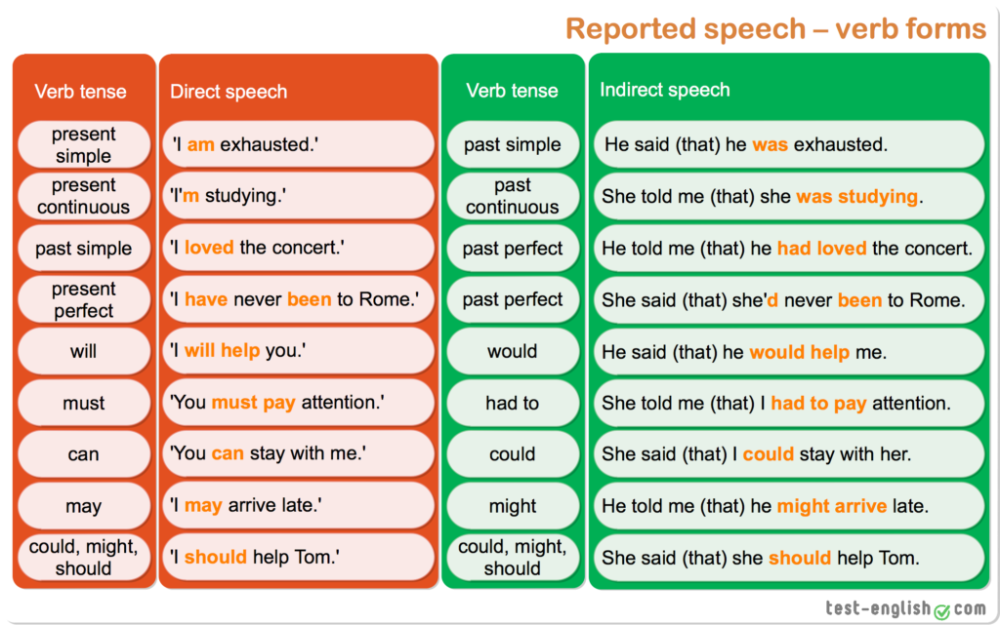
Therapist Recommended Reads
Interested in learning more about the impact of your thoughts on your mood and behaviors? Try one of the therapist recommended reads below.
About Kristi | View Profile
Kristi Schwegman is a psychotherapist specializing in helping couples develop healthy relationships, whether dating, engaged, or married. She also draws from her Christian-based approach to lead individuals in becoming aware of the limiting beliefs that can get them stuck.
We offer in-person and virtual services – contact us today to learn more!
10 mistakes of our thinking | Blog RSV
Contents of the article
We deceive ourselves and do not notice it. But the distortion of information does not happen on purpose, so our brain helps us adapt faster and save energy. Every day we process a lot of information, from the weather outside the window to all sorts of thoughts before going to bed. In order not to drown in the flow of data, our brain independently selects important information and discards unnecessary information using certain techniques.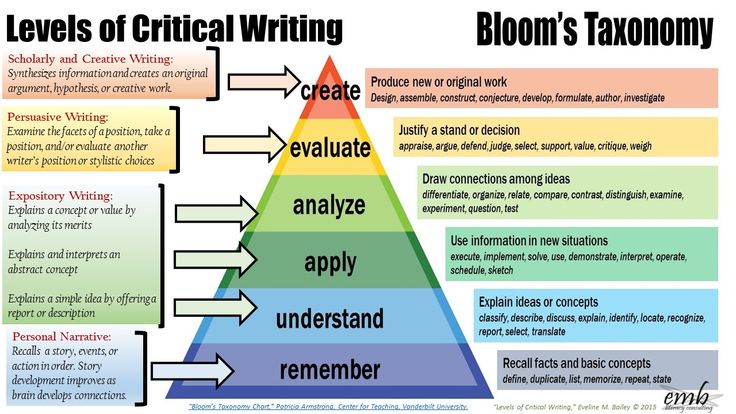 Thanks to the research of scientists, the main errors of our thinking have been identified, which we can correct ourselves.
Thanks to the research of scientists, the main errors of our thinking have been identified, which we can correct ourselves.
The Availability Heuristic
Our brain assigns labels to data based on our memories and knowledge. It works like this: if certain memories arise, then this is important. And usually we remember what touched us: something happened to loved ones, impressed by the trip, tried an unusual dish. As a result, we perceive all information through the prism of our own experience. For example, a friend went to live in another city, got a good job and began to earn a lot. And now it seems to us that many people in that city have high salaries and live better.
Base percentage error
We pay more attention to isolated cases and do not perceive the statistics as a whole at all. For example, we learned that 5% of people who got the flu shot still got sick. As a result, we will assume that the vaccine is ineffective, although it saves millions of people from the disease. But our cognitive bias is not based on statistics.
But our cognitive bias is not based on statistics.
Attention deviation
We notice things that interest us. And this in itself is logical. For example, a girl is interested in fashion and loves to buy things. She will be the first to notice if a colleague comes to work with a new handbag. Anyone who does not like holidays will forget to congratulate others.
Effect of acquaintance with the object
We automatically select the object that seems familiar to us. And the more information we have about an object, the more we will like it. This is how advertising works. When we go to a store and see a product that we have already heard about, we have more confidence in it. Then we purchase this product several times and do not want to try another one, since this one is already proven.
Context effect
The environment affects our perception of familiar things. For example, it is more convenient to read books in a quiet place with good lighting than in a noisy subway. Or, being in a beautiful restaurant and in a pleasant atmosphere, we are ready to pay more money for a dish that we could buy much cheaper elsewhere.
Or, being in a beautiful restaurant and in a pleasant atmosphere, we are ready to pay more money for a dish that we could buy much cheaper elsewhere.
Negative tendencies
We like to exaggerate the meaning of negative things. That's why we like detective stories, documentaries, talk shows with scandals so much. Often one wrong act of a person can cross out all the good things that happened before. This is the fly in the ointment, which in our eyes spoils the whole reputation in the bud.
In order to prevent errors in our thinking, it is necessary to develop result-oriented thinking. Take the short free online course “Personal Responsibility for Result: Result-Oriented Thinking” right now, in which you will learn effective techniques for pumping your abilities in a short time.
12 Thinking Errors - SNEZHANA ZAMALIEVA
Life experience, upbringing, difficult emotionally charged situations often lead to the formation of erroneous beliefs that become a filter for our perception of reality.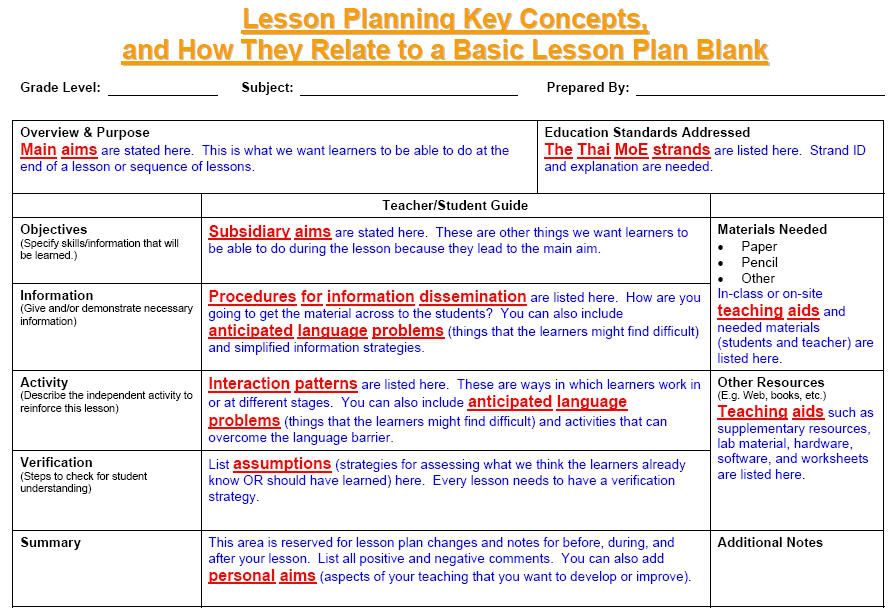 Every person has distortions of thought, and by learning to identify them, you will be able to recognize reality more flexibly. Today I want to share a list of the main mistakes from the book Cognitive Therapy: The Complete Guide by Judith Beck.
Every person has distortions of thought, and by learning to identify them, you will be able to recognize reality more flexibly. Today I want to share a list of the main mistakes from the book Cognitive Therapy: The Complete Guide by Judith Beck.
Although some automatic thoughts are true, many of them are wrong or have only a grain of truth. Here are typical thinking mistakes.
- Dichotomous thinking (also called black-and-white thinking, polarity thinking, or all-or-nothing thinking): the idea that there are only two categories for evaluating events, people, actions (black and white, bad -good). Rejection of evaluation in the continuum.
Example: "If I don't succeed in everything, then I'm a failure."
- "Catastrophe" (also called negative predictions): Predicting future events in an extremely negative way, without considering other, more likely outcomes.

Example: "I'll be so upset that I won't be able to do anything at all."
- Depreciation of the positive: success, positive experience and deeds are not given importance.
Example: "Indeed, I managed to do this job, but this does not mean at all that I am capable, I just got lucky."
- Emotional justification , the belief that something must be true just because you "feel" (in fact, believe) it so strongly that you ignore or discount the evidence to the contrary.
Example: "I know I'm good at work, but I still feel like a failure."
- Labeling: giving unconditional, global characteristics to oneself or others, without considering that the evidence is more likely to lead to less negative conclusions.
Example: “I am a loser”, “He is a bore”.
- Magnification/Minimization: evaluating oneself, others, or a situation by exaggerating the negative and/or minimizing the positive.
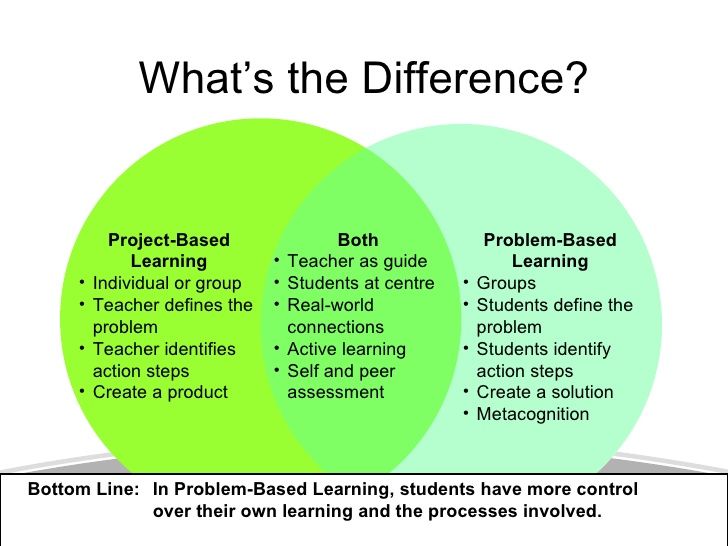
Example: “The average mark says that I am incapable. An "excellent" rating doesn't mean I'm smart."
- Mental filter (selective abstraction): groundless accounting of only failures, defeats, deprivations instead of a complete picture of all events.
Example: "One bad test result [along with a few good ones] shows that I'm lazy and couldn't prepare well."
- "Mind Reading": a person's belief that he knows the thoughts of others, and the refusal to take into account other, more likely possibilities.
Example: "He thinks I don't know anything about this job."
- Overgeneralization: formulation of generalizing negative conclusions that go far beyond the current situation.
Example: "[Because I felt out of place at the meeting], I'm not good at meeting people."
- Personalization: self-image as the cause of other people's negative behavior without considering more likely explanations for their behavior.

Learn more


